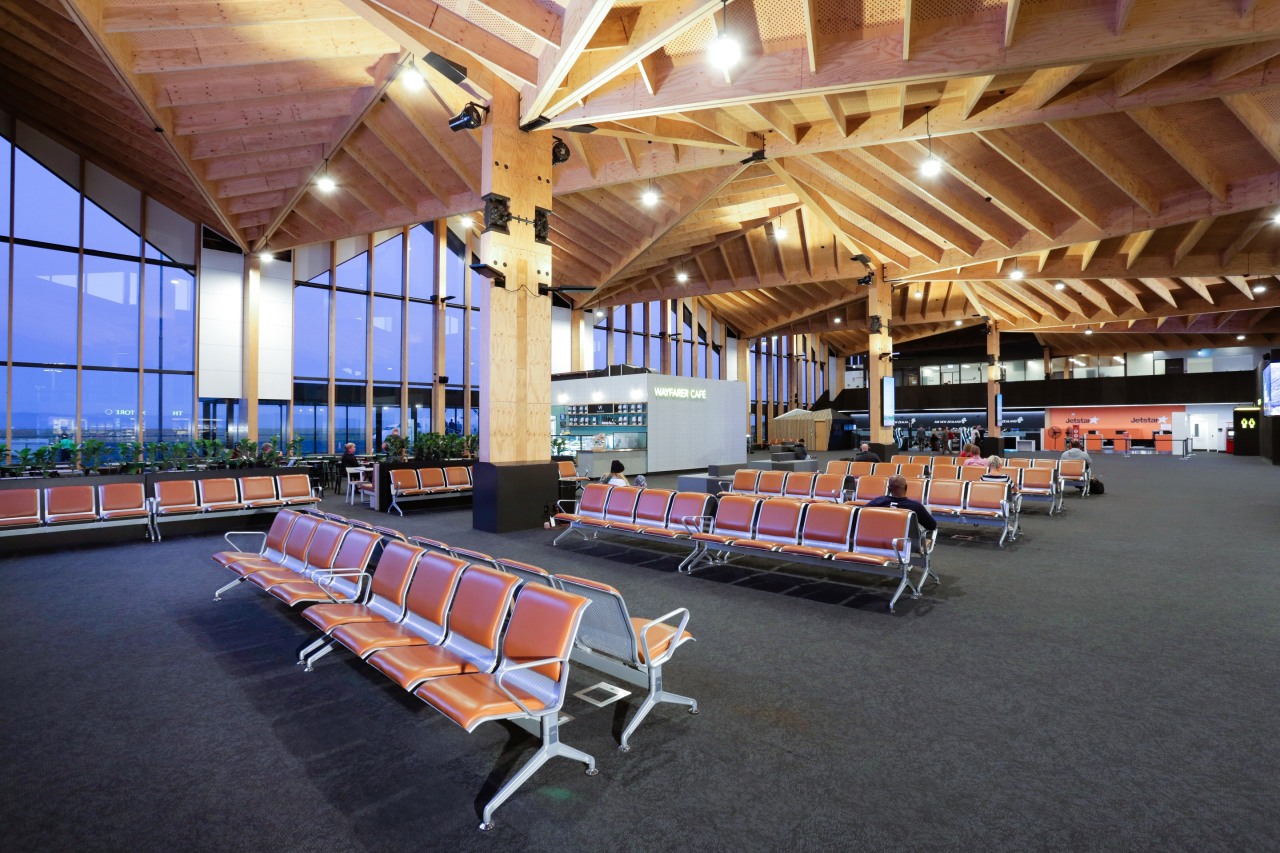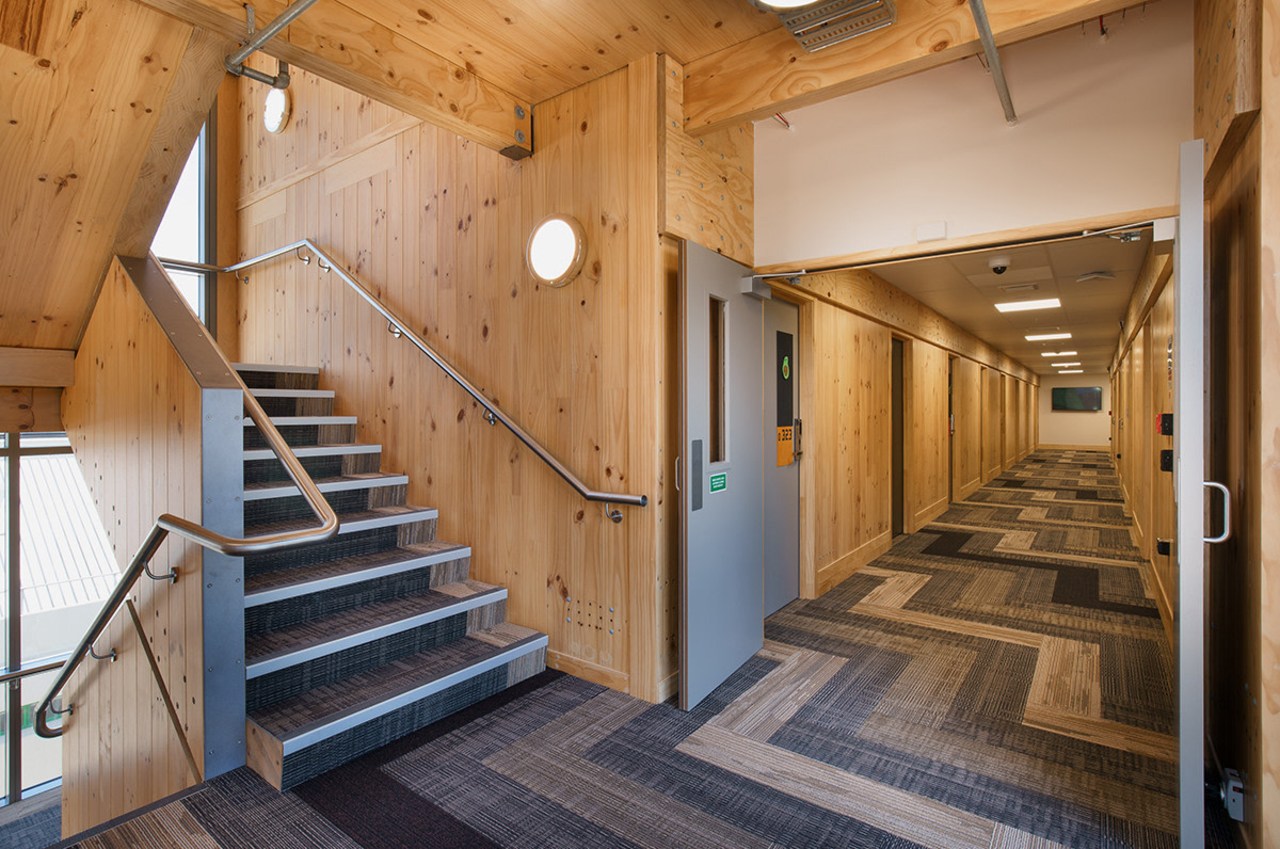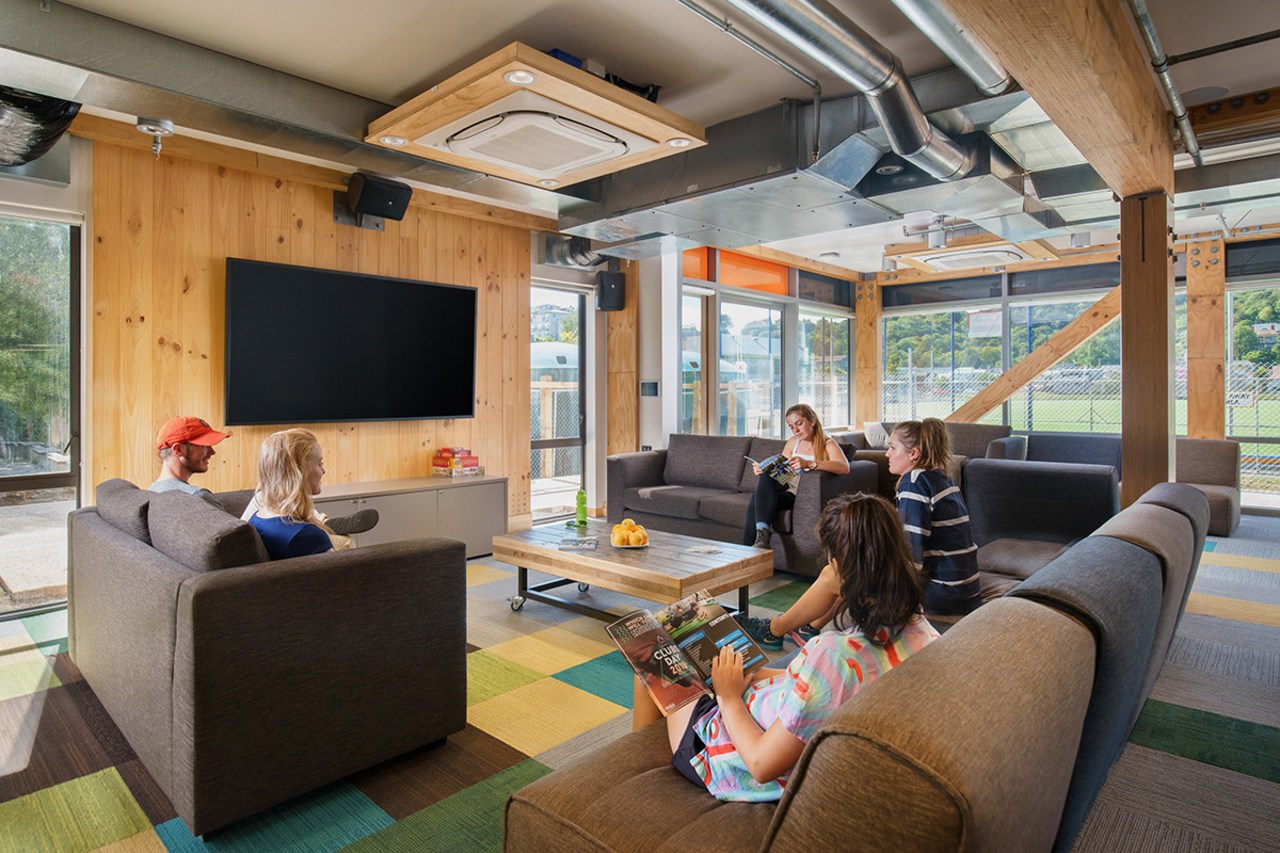New tool helps decarbonise New Zealand’s construction sector
Innovative new tool highlights the commercial and environmental sustainability of engineered timber in new construction

Naylor Love, one of New Zealand’s largest and oldest construction companies, has developed a new sustainable construction calculator that quantifies the carbon impact of building structures using different materials.
The calculator is based on a new report commissioned by Naylor Love, and authored by sustainability experts thinkstep-anz. The research project modelled a typical six-storey commercial building constructed two ways – engineered timber, versus conventional concrete and steel.
The engineered timber model reduced carbon emissions by up to 90 percent.
Naylor Love has developed the research findings into a tool that calculates carbon footprint differences between the different materials, and can identify where there are benefits and opportunities of using engineered timber. The tool will help clients visualise the potential carbon impacts of their material choices.

Naylor Love Business Development Director Scott Watson says the demand for sustainable construction is strong and steadily increasing.
“There is immense pressure on companies to be more sustainable, and that means new thinking leading to new practices, materials and innovative technology in construction,” says Scott.
“Clients want to be more sustainable and they want our help to achieve that. They also need the facts and figures that provide the rationale for their decisions."
“Our sustainable construction tool was developed in response to that demand, to help people change the way their buildings are designed and built. The goal is to provide data that quickly demonstrates carbon benefits of engineered wood over alternative materials, alongside a cost-benefit analysis.
“Wood is essential in transitioning New Zealand to a carbon-neutral economy. It’s sustainable, renewable and less energy-intensive to process compared to other construction materials. The net total cost difference for an engineered timber structure can be as low as a few percent of the total building cost. For this, you can achieve about a 90 percent reduction in carbon emissions.
“We are not anti-concrete or anti-steel – those materials will always have a place in construction. You wouldn’t build a dam or motorway bridge out of timber, for example. But for some applications, the environmental benefits of wood can’t be ignored.”
Naylor Love’s study has been reviewed and endorsed by Dr Andy Buchanan of PTL Structural Consultants, Emeritus Professor of Timber Design at the University of Canterbury. Dr Buchanan is one of the pioneers of modern timber construction.
New Zealand buildings generate around 20 percent of the country’s carbon emissions, according to an earlier thinkstep-anz report which found that the bulk of those emissions are from concrete and steel, accounting for more than half of the carbon footprint of residential and non-residential construction.
Scott Watson says the construction industry is key to addressing carbon pollution, particularly as the Government is striving for net zero carbon emissions by 2050.
“Naylor Love is committed to helping clients decarbonise and consider more efficient products, like engineered timber. We hope our efforts will help lead New Zealand construction projects in a more sustainable direction.”
Naylor Love has used engineered timber on major projects including the Otago Polytechnic Student Village – one of the largest laminated wood buildings by volume in New Zealand.
The company is also one of 122 signatories to the Climate Leaders Coalition, and a member of the Sustainable Business Council.
Story by: Trendsideas
Home kitchen bathroom commercial design




